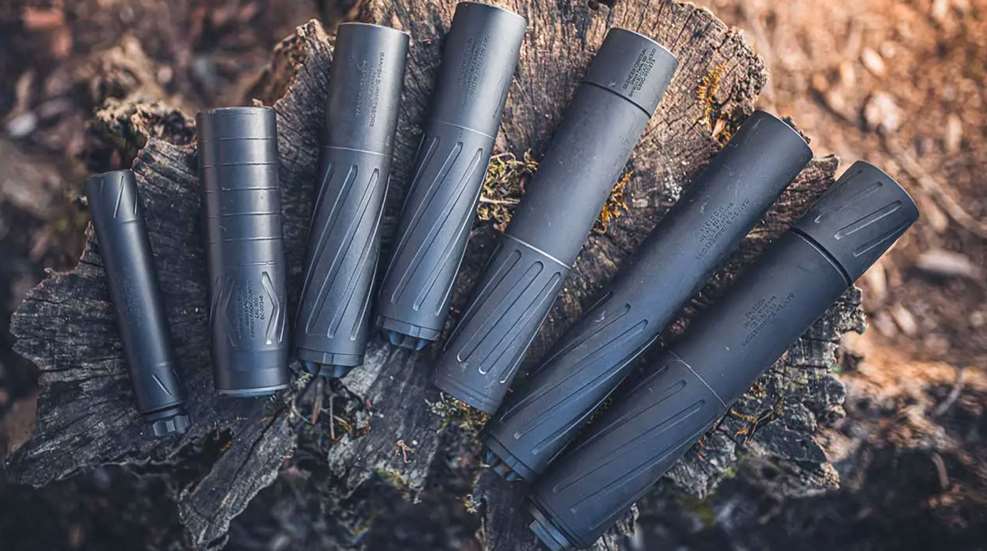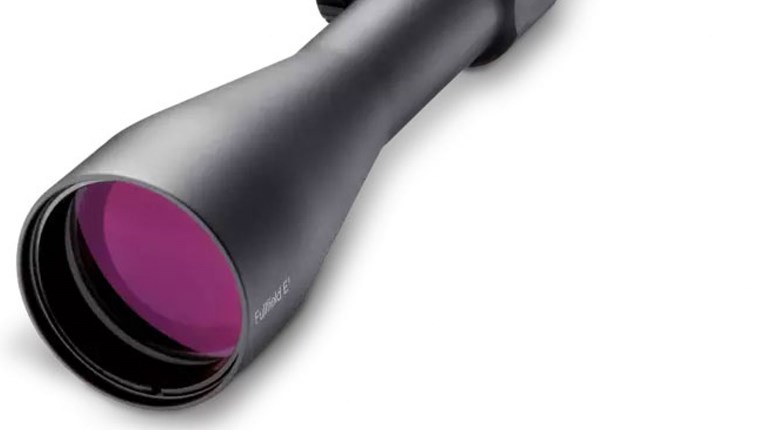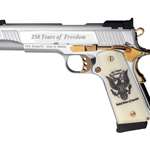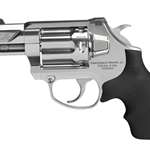
I feel a little late to the suppressor game, but my husband and I finally got on board this summer and decided to buy our first suppressor. Overall, the process went smoothly and more quickly than I expected (we’ve all heard those year-long-wait horror stories), but we did make one mistake in the process that caused us some extra work and a little backtracking.
I feel a little late to the suppressor game, but my husband and I finally got on board this summer and decided to buy our first suppressor. Overall, the process went smoothly and more quickly than I expected (we’ve all heard those year-long-wait horror stories), but we did make one mistake in the process that caused us some extra work and a little backtracking.
I let my husband take charge of this process even though I am definitely the more detail-oriented one—while you could argue that was a mistake on its own, it’s not the one this article is about.
First, a disclaimer: I’m not a lawyer, just a writer who goofed some things up and learned some nuances along the way to fixing them. Nothing in this article is legal advice; just my understanding of how things work. Second, some background: If you’re not familiar with suppressor ownership under current federal law, you should know that it’s not as simple as buying one and taking it home. Because suppressors fall under the National Firearms Act, when you buy one, you must first apply for and pay for a special $200 tax stamp issued by the ATF and register the suppressor to its owner, which requires fingerprints, a passport-style photo, a background check and a special form.
Now, there are two primary ways you can register your suppressor to its owner: to you as an individual or to a trust. When you register a suppressor to an individual, the individual is the only person allowed to possess that suppressor. That means you can’t lend it to a buddy, even for an afternoon hunt, unless you physically remain with the suppressor at all times. Individual ownership also creates some wrinkles when you pass away—this Class III item is still in your house for your family to deal with, but none of them are legally allowed to possess it. Registering a trust as the owner of the suppressor lets you get around these issues, because you can have as many people (age 21+) in the trust as you want, and any of them are allowed to possess the suppressor. This takes a little more paperwork and a little longer processing time with the ATF, but if you are married or live with anyone, or you plan to loan the suppressor to anyone you won’t be with while they shoot it, a trust is the way to go.
So, knowing we wanted a trust, we started out by going to SilencerCentral and choosing the suppressor we wanted. The process was easy—we checked out, paid for the suppressor, and were directed to fill out all the necessary paperwork online. I walked away and let my husband do the typing. Silencer Central sets up a trust for you according to your specifications, for free, and you can buy the tax stamp directly through them, so it’s really a one-stop shop, and we were very happy with our experience overall.
Hub hollered that he needed me to take his photo on a white backdrop so he could upload it, so we did that pretty easily. Then he mentioned that they were sending him a fingerprint kit in the mail so he could make his own prints and mail them back to be filed with the ATF. It was at this point I began to be suspicious that maybe we’d skipped an important step in the process—why would they need his but not mine?—but he assured me that he’d added me and everything was fine.
He mailed off his fingerprints, and about three months later, Silencer Central notified him that the registration was complete, the tax stamp was approved, and the suppressor would be mailed directly to us at home. Great! It arrived and all was well.
I then asked for a copy of the trust and the stamp, so I could carry them with me any time I travel with or hunt with the suppressor. When he printed them off for me (they’re conveniently available in his Silencer Central account any time), I nerded out and read every word—which is when my suspicions cranked back up again.
The tax stamp is in the name of the Deering Family Trust. No problem. But my name wasn’t on the trust, either, at least not where it should be—only my husband was listed as a trustee, specifically as the Settlor and Initial Trustee. I read deeper and found myself listed as “Successor Trustee.” Hmm.
So after obtaining a 10-minute law degree from the university of Google, I was pretty sure we had screwed up the trust paperwork and I wasn’t legally allowed to use this expensive new suppressor without my husband present. He swore up and down that no, he did it correctly, at which point I asked why the ATF made him get fingerprinted and submit a photo to own this thing when all they asked about me was my name and social security number. How did that make sense? Why wasn’t I subject to the same scrutiny if we co-owned it?
We hopped on the phone with Silencer Central, and they were very helpful in explaining to us what each term meant. As it turns out, we’d made a mistake that could have caused us some real legal wrinkles if we hadn’t caught it: My husband had listed me incorrectly on the paperwork, and I wasn’t allowed to possess the suppressor. Co-trustees can possess the suppressor; a successor trustee simply becomes responsible for the trust after the death of the settlor. They are not allowed to possess the suppressor. This explains why the ATF didn’t ask for my photo and fingerprints.
Fortunately, we caught the mistake, and there’s an easy fix. You can amend or update a trust as often as you wish with Silencer Central. One quick email later, they sent us a simple one-page form for my husband to sign adding me as a co-trustee of the Deering Family Trust, and then they filed that with our original trust document. Now I’m good to go. When our college-age daughter turns 21, we’ll fill out the same form for her so she can hunt with the suppressor without either of us present. If we ever hunt with a friend who wants to use the suppressor for a day, we can fill out that form adding them as a co-trustee and then remove them after the hunt.
The only hang-up is that when we buy our next suppressor, or any other Class III item that the trust will own, every co-trustee must submit fingerprints and a photo to the ATF for each item added to the trust. My husband’s are already on file with Silencer Central, so that’s a piece of cake if we buy from them again, but I’ll have to go through the mail-in fingerprint process and so will our daughter if she’s a co-trustee by then. And repeat for every item we add to the trust forever. Silencer Central says we can loophole around this by removing me from the trust, letting my husband buy the item, and then having him add me back as a co-trustee again—apparently when you’re added, everything already in the trust is legal for you to own until you add something new. They swear it’s legal to backdoor new items like this (and their lawyers would certainly know better than I do), but it feels a little icky to me. I’d rather just do it right and get fingerprinted.
So, if you’re married or you plan to share your suppressor, learn from our mistake: The trustee designation you choose makes a big difference in who is legally allowed to possess the items in your trust. Be sure you understand what each term means, and if you want to make sure a specific person is allowed to use the suppressor without you being present, they need to be on the trust as a co-trustee. Any current co-trustees will need to go through the ATF registration process for each new item that’s added to the trust unless they are removed as a co-trustee.
Considering the political red wave we just experienced in the recent elections, I’m hopeful that the Hearing Protection Act will be passed in 2025 or 2026 and we’ll be allowed to just buy and own suppressors without all the extra ATF rigamarole. But until that happens, if you’re buying a suppressor that will be owned by a trust, learn from my mistake and make sure your spouse is a co-trustee.














































